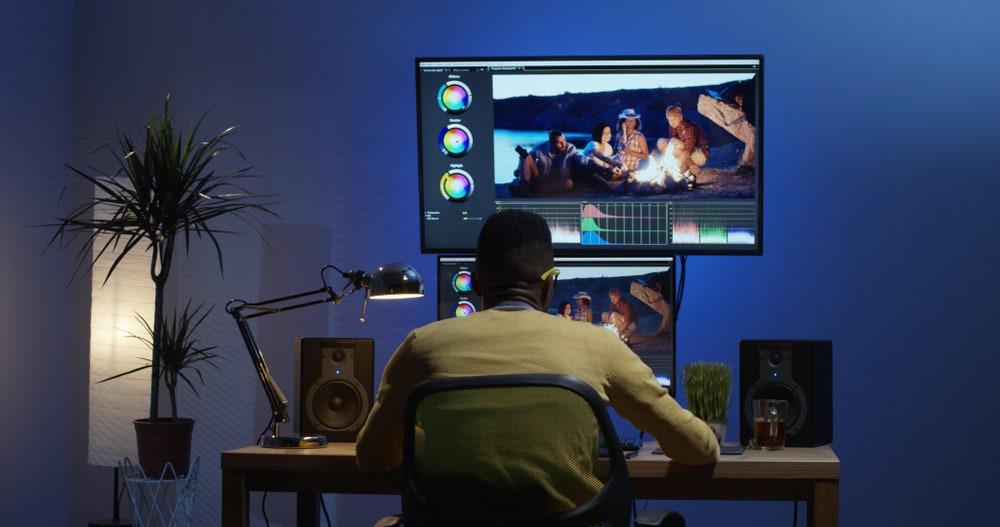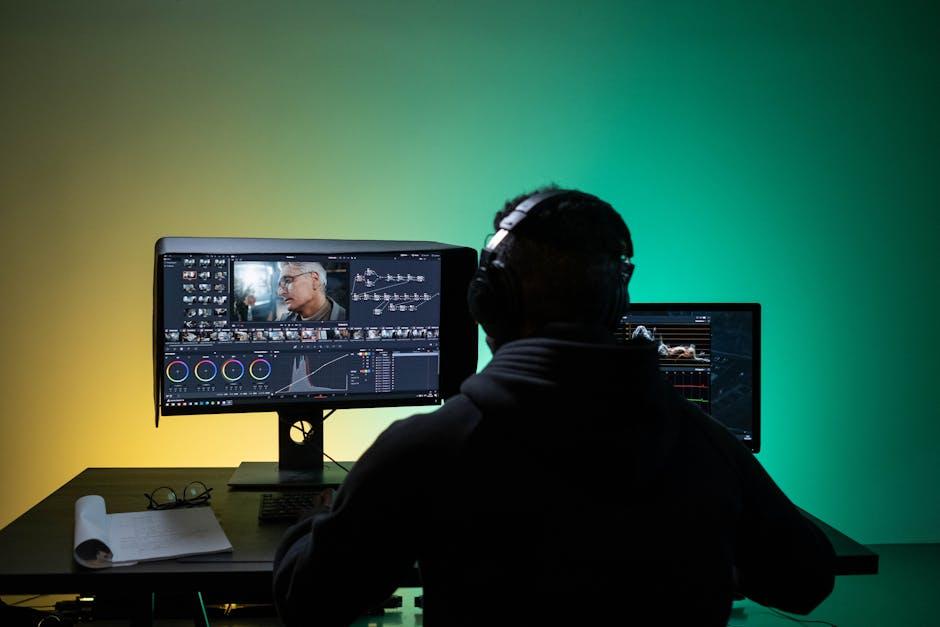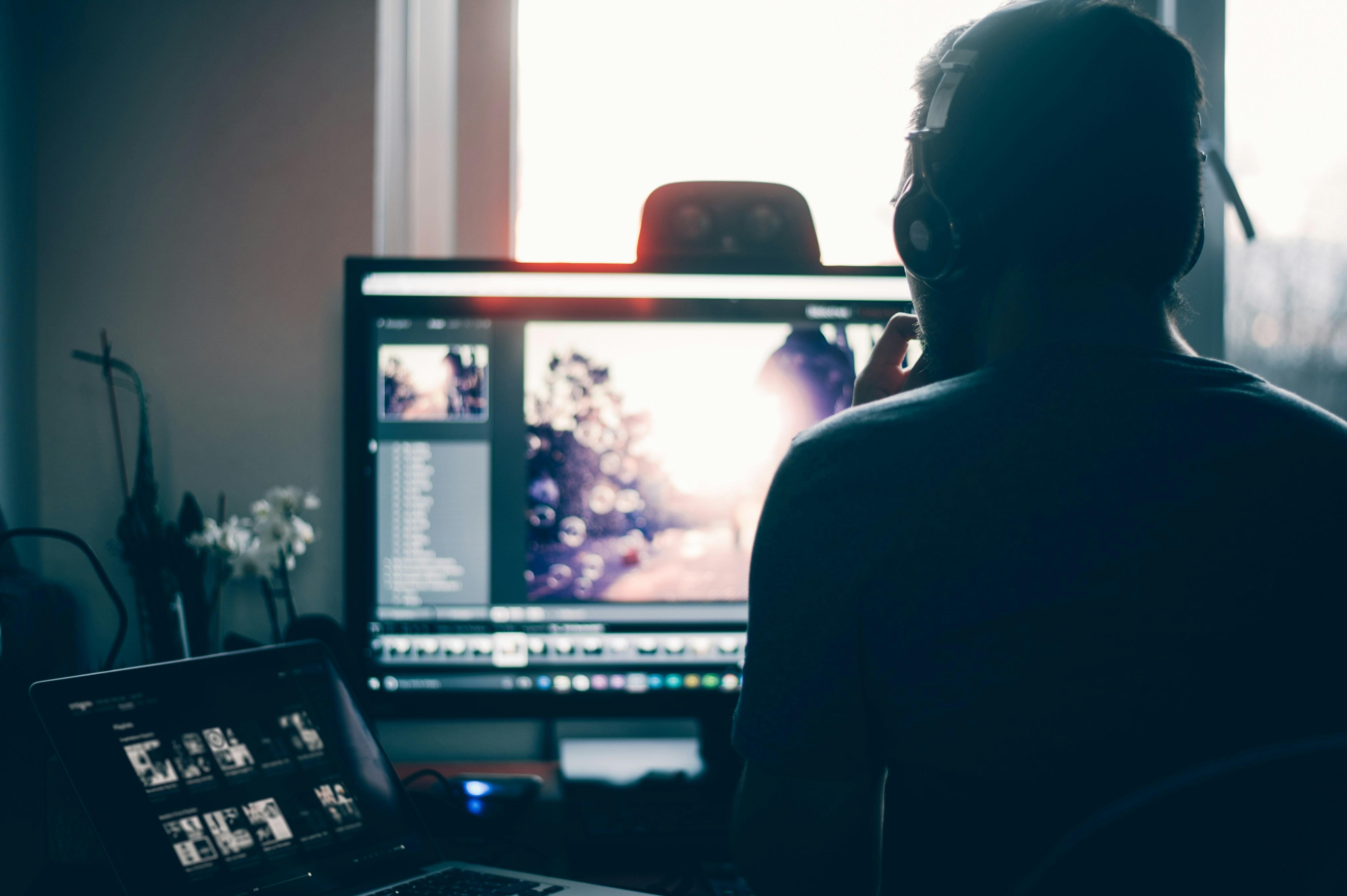In the realm of cinematic excellence, the artistry of editing emerges as a silent yet powerful force, sculpting the pacing and tone that define award-winning films. While directors and actors often bask in the limelight, it is the meticulous craft of editing that orchestrates the rhythm and emotional resonance of a narrative. Through strategic cuts and seamless transitions, editors wield the ability to manipulate time, evoke emotions, and maintain narrative cohesion, transforming raw footage into a compelling visual symphony. This article delves into the critical role of editing in shaping the pacing and tone of films, exploring how these elements contribute to the distinction and acclaim of cinematic masterpieces.
Crafting Seamless Narratives: The Role of Editing in Film Pacing
In the realm of film, editing acts as the invisible hand that guides the audience through a story, ensuring each moment lands with the intended impact. A well-crafted edit can transform raw footage into a seamless narrative, where every cut and transition feels deliberate and purposeful. Editors meticulously shape the rhythm of a film, balancing tempo and tension to maintain engagement and emotional resonance. By controlling the duration of shots and the juxtaposition of scenes, they create a flow that mirrors the director’s vision and the story’s needs.
- Rhythm: The cadence of a film is established through editing, where quick cuts can convey urgency and longer takes can build suspense.
- Continuity: Smooth transitions ensure the story progresses logically, preventing jarring shifts that might distract or confuse the viewer.
- Emotional Impact: By choosing what to reveal or conceal, editors craft emotional peaks and valleys, guiding the audience’s emotional journey.
Ultimately, editing is the silent storyteller, orchestrating the pace that keeps audiences on the edge of their seats, making it a pivotal component in the creation of award-winning films.
Mastering Emotional Resonance: How Tone is Shaped Through Editing
In the realm of cinema, editing is the silent architect of emotional depth, subtly crafting the viewer’s journey through its manipulation of tone. The editor’s choices—where to cut, how long to linger, when to accelerate—act as the unseen hand guiding the audience’s emotional responses. By meticulously shaping the rhythm of scenes, editors transform raw footage into a cohesive narrative that resonates with viewers on a profound level. This delicate balance is what separates a good film from an award-winning one.
Consider the use of cross-cutting to juxtapose contrasting scenes, enhancing tension or thematic depth. Editors employ techniques like these to evoke a range of emotions, from suspense to empathy. Key elements in this process include:
- Timing: The precise moment a cut is made can alter the viewer’s emotional state, building anticipation or providing relief.
- Pacing: The speed of cuts can dictate the film’s energy, driving urgency or allowing for reflection.
- Sound and Music: Integrating audio elements can amplify the intended emotional impact, aligning with visual cues to deepen resonance.
By weaving these components together, editors sculpt the film’s emotional landscape, ensuring that every moment is imbued with purpose and feeling.

Techniques for Precision: Tools and Strategies in Award-Winning Film Editing
In the realm of film editing, precision is paramount. Award-winning editors employ a myriad of tools and strategies to ensure every cut serves the story’s pacing and tone. Digital editing software like Adobe Premiere Pro and Avid Media Composer have become indispensable, offering a suite of advanced features that enable meticulous frame-by-frame adjustments. Editors utilize these platforms to weave together shots with seamless transitions, enhancing the film’s rhythm and emotional impact.
Beyond software, editors rely on a range of strategic techniques to maintain narrative cohesion and audience engagement. These include:
- Rhythmic Cutting: Aligning edits with the film’s musical score to create a harmonious flow.
- Match Cuts: Bridging scenes through visual or thematic similarities to enhance continuity.
- J and L Cuts: Overlapping audio and video to create a more natural transition between scenes.
These techniques, when applied with precision, not only dictate the film’s pace but also shape its emotional tone, ensuring the audience remains captivated from start to finish.
 Pacing and Tone to Captivate Audiences”>
Pacing and Tone to Captivate Audiences”>
Recommendations for Editors: Balancing Pacing and Tone to Captivate Audiences
Editors hold the delicate task of weaving together a film’s narrative through precise control over pacing and tone. To captivate audiences effectively, it’s essential to master a few key strategies:
- Rhythmic Editing: Utilize cuts and transitions to create a rhythm that aligns with the emotional journey of the story. This helps maintain viewer engagement and enhances the impact of pivotal scenes.
- Emotional Resonance: Pay attention to how tonal shifts can alter audience perception. Balance tension and relief to craft an emotional rollercoaster that keeps viewers invested.
- Scene Interconnectivity: Ensure each scene flows seamlessly into the next. This continuity is crucial for maintaining a cohesive narrative structure that supports the film’s overall tone.
By blending these elements, editors can transform a film from a mere sequence of events into a compelling and award-worthy experience.

